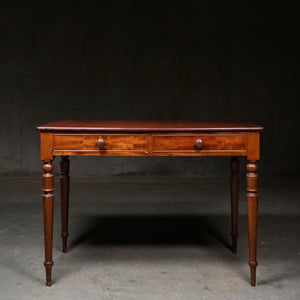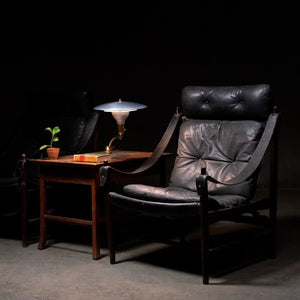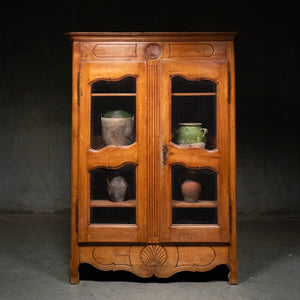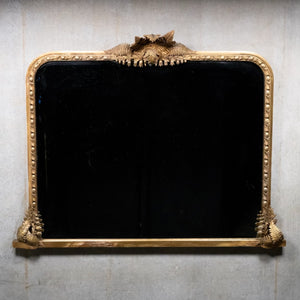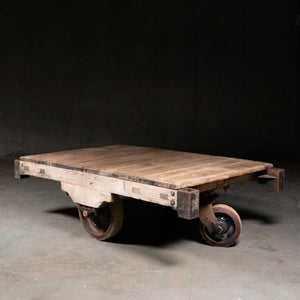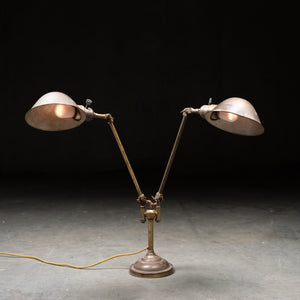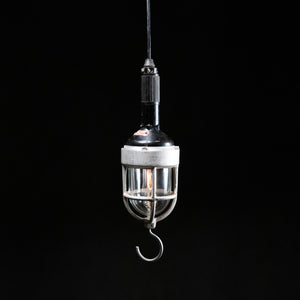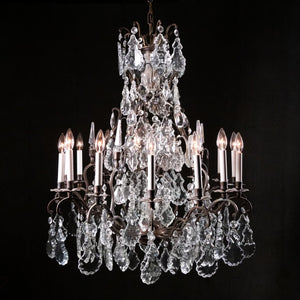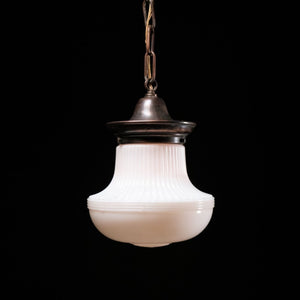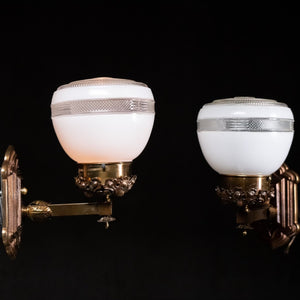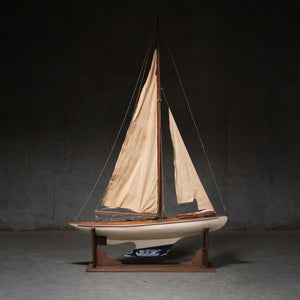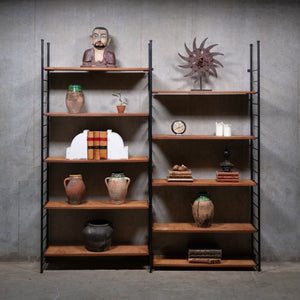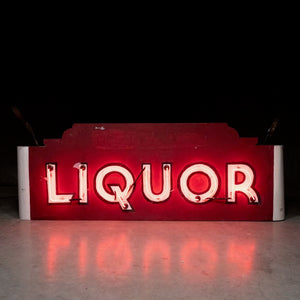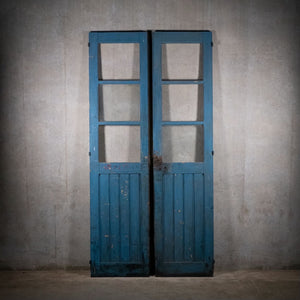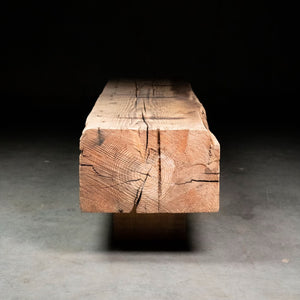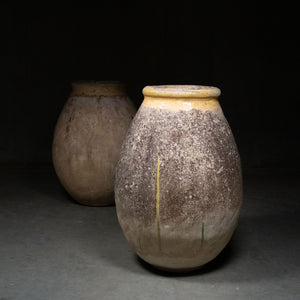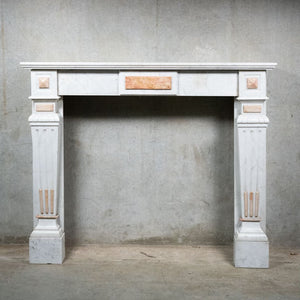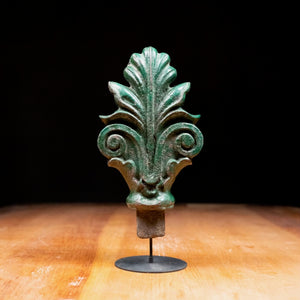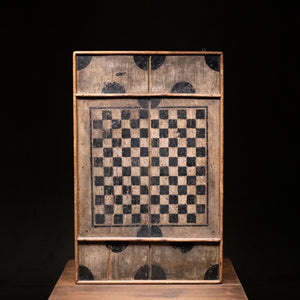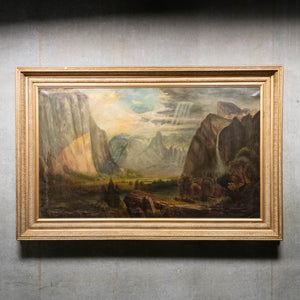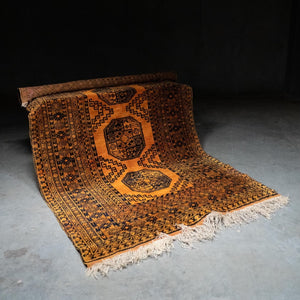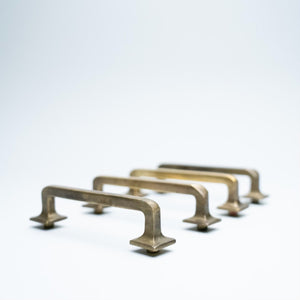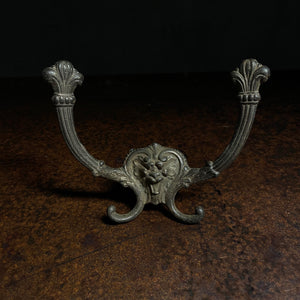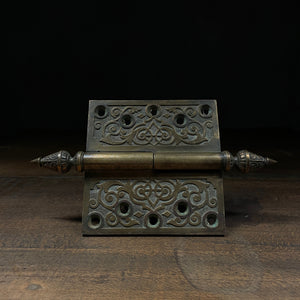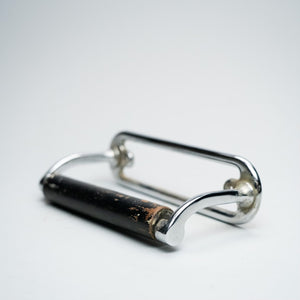





Willy Guhl Marmite Planter
Price for 1. Back planter is sold.
Authentic Willy guhl marmite planter.
Guhl was born in 1915 in Stein am Rhein and worked as a carpenter before beginning studies at the Zurich School of Applied Arts (known today as the Zurich University of the Arts), where he would go on to teach for nearly 40 years.
While Guhl is well-known for his range of provocative garden elements as well as his patio and outdoor furniture, today’s legion of mid-century modern enthusiasts are likely familiar with the designer’s iconic Loop chair(introduced in 1954). For this sculptural seat and other furnishings, Guhl tended toward industrial materials, which he bent and shaped into organic forms for a striking juxtaposition. Much of his work is crafted from either concrete or Eternit, a mixture of cement developed by the Belgian company Etex, which, in the 1950s, commissioned Guhl and his students at the School of Applied Arts to conceive planters in the material. The resulting vessels — some hourglass-shaped, some in the form of handkerchiefs, all suitable for indoors or exteriors — remain some of Guhl’s most collectible pieces.
18.00" X 17.00" X 17.00"
Care Guidelines for Wood Finishes
- Use a dry lint-free cloth to keep the piece dust-free.
- For heavy messes, lightly clean the piece with damp lint-free cloth.
- Using coasters is highly recommended on all pieces to avoid drink rings and liquid damage.
- For glass rings and water spots, gently rub the affected area with a warm, water-damp clean cotton cloth along the grain until marks are removed. Ensure to use less pressure to feather the affected area with existing finish. If a ring is persistent after water dries completely, apply a thin coat of soap. Finish with a cotton cloth liberally to the affected area and existing finish. Buff with clean, dry cloth if needed, after waiting 1 hour to dry.
- We recommend a yearly clean of wood finished furniture following the guidelines below:
- Use a Scotchbrite pad to lightly buff the piece, following the direction of the wood grain.
- Apply the prepared Soap Finish with a cotton cloth in a thick layer to the entire piece. Ensure to wipe off excess soap and buff the finish into the wood.
- Allow to dry for 1 hour.
- Use a Scotchbrite pad to very lightly buff the entire piece when applying more than one coat. 2-3 coats is recommended or until the desired effect is achieved.
- Allow the piece to dry overnight after applying the final coat, then buff with a cotton cloth.
Care Guidelines for Stone Finishes
- Use a dry lint-free cloth to keep the piece dust-free.
- For heavy messes, lightly clean the piece with damp lint-free cloth. Use a diluted neutral liquid soap for greasy spills.
- Twice a year, matte sealant should be applied. Another method is the traditional Italian method, wiping clear mineral oil onto marble every few months to keep surfaces looking hydrated and moisture resistant.
- The provided methods do not provide protection against acid. Ensure spills are wiped off as quickly as possible.
Care Guidelines for Metal Hardware Finishes
- All metal finishes are hand-finished using organic compounds only. These finishes change over time depending on exposure to the elements, handling methods and cleaning methods.
- Use a dry lint-free cloth to keep the piece dust-free.
Care Guidelines for Lighting Finishes
- All metal finishes are hand-finished using organic compounds only. These finishes change over time depending on exposure to the elements, handling methods and cleaning methods.
- Ensure to handle light fixtures gently, wearing cotton gloves.
- Use a dry lint-free cloth to keep the piece dust-free.
- Using water or cleaning products on metal finishes voids Scott Landon’s warranty policy.
Care Guideline for Leather Finishes
- This Canadian or US leather is made to endure wear and age. It often develops deeper colours, more shine and softness as it is used. Exposure to water, light and handling are factors that develop the leather’s unique patine and ages the material in its own way.
- Natural imperfections of full grain leather are common.
- Use a vacuum or broom to clean dust or particulates.
- Staining of leather can happen, and a subsequent change in color follows. Use a dry cloth to clean spills as quickly as possible. After, use a damp cloth to soften stain edge marks. Never rub stain, blotting only. Allow it to dry.
- For tougher leather, lightly rubbing with an abrasive 3M pad with short strokes can make the process easier. This naturally lifts the fibers and minimizes the stain.
- For suede leather, use a suede brush to bring up the texture after long periods of use.
